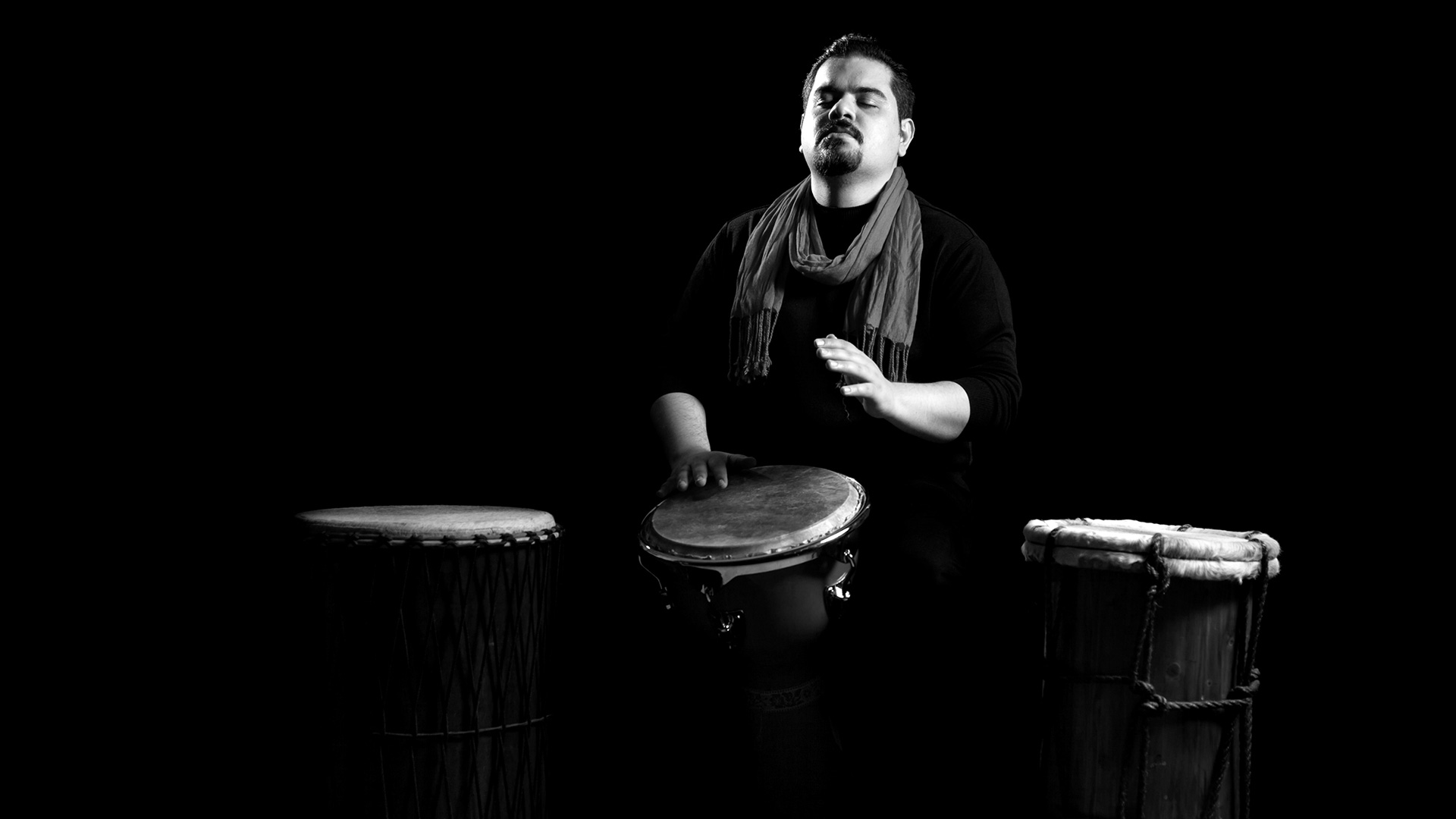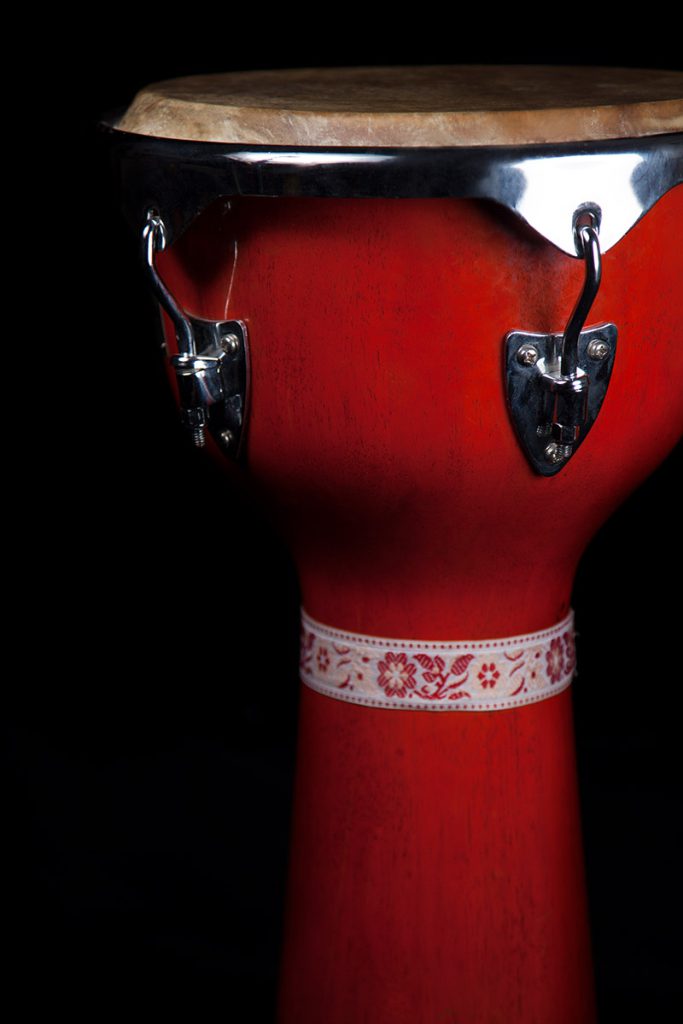
Djembe (history and teaching method)
History:
Djembe, which is also called Jimbe, is a goblet-shaped drum and is considered the root of all percussion instruments. An attractive African instrument. This instrument with its tribal appearance, its meaningful and loud sound, is easy and comfortable to play. And it has become one of the most lovable instruments in the world. Djembe, although it has a hard shell and a thin mouth, but these factors have had a great impact on its meaningful sound. It is interesting to know that it produces a loud and unexpected sound compared to its size. And the volume of the sound of this instrument also increases with more skin tension.
The surface of this drum was held by ropes and since it could produce a loud sound and was heard from far distances, it was usually used traditionally for fast communication with other villages. Djembe was traditionally made by hand. To make it, they hollowed out the trunk of a tree and stretched goat skin over it. This skin is tightened to the body of the djembe using rope. Lekeh is the name of the tree from which djembe was traditionally made. But these days it is produced in factories and is fastened with screws and nuts.
Those who play djembe use three basic sounds called bass, tone and slap. With different techniques and positions, you can hear more than 25 different sounds from this instrument. In fast and complex rhythms, different sounds are produced with this instrument that sometimes the listener thinks that several percussion instruments are playing at the same time, but in fact only one djembe is being played.

Djembe teaching method
The teaching of this instrument begins with learning the history and parts of the instrument and after learning the basic movements, the training course continues with learning African rhythms. For the educational content, the books (all about djembe by Kalani) and (ein leben für die djembe by mamady keita) as well as the self-written booklet by Roozbeh Zarei are used, which the topics are: Music theory and deciphering lessons, familiarity with simple, compound and odd rhythms, accent playing, paradiddle and rudiment exercises, ghost notes, learning signal phrases and African and Latin clave patterns, and familiarity with the three drums of kenkeni, dununba, sangban and improvisation in solo.
Advance course:
In the advanced playing course, playing in styles such as pop, afro traditional, latin, fusion, modern along with related percussion instruments is taught, which ends with ensemble exercises.
